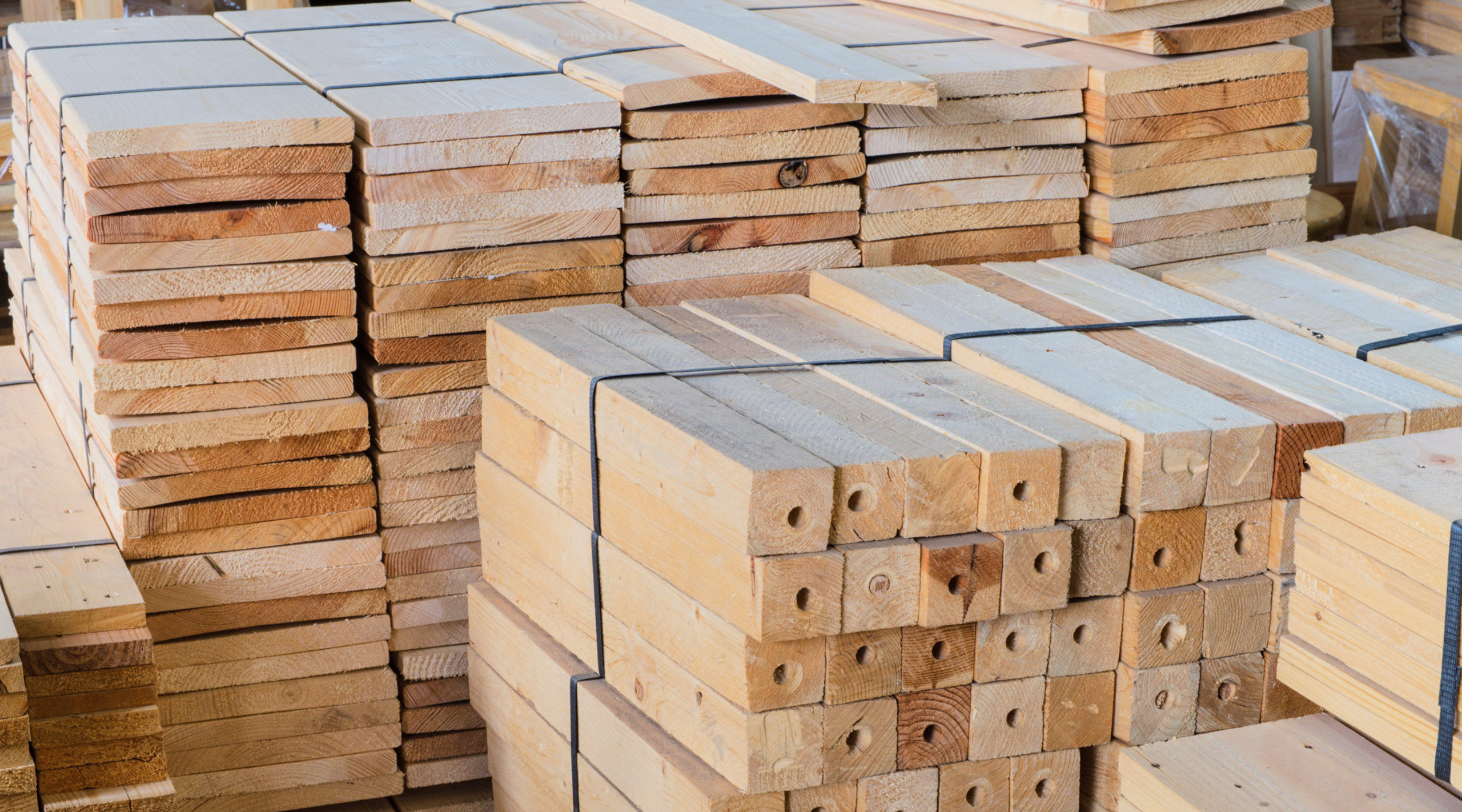Sustainable design and construction is a complete approach to the design process that is environmentally, financially, and socially responsible. The sustainable design encourages the use of renewable energy, water conservation, and natural resources recycling. Designers and architects work to reduce pollution, conserve energy, and minimize waste and toxicity. Sustainable design and construction is also a great investment with the lifespan of the building extended and the economic value of the property increased.
The sustainable design and construction of buildings have been a highly debated topic over the past few years. The main concern with this type of design is that it should be in harmony with the environment. Potential benefits of sustainable design and construction include improved energy efficiency, reduced carbon emissions, and improved indoor air quality. Many people are unaware that buildings produce a huge amount of carbon emissions. That is why especially nowadays there are many people who are trying to find ways to reduce these emissions. One way is to use sustainable design and construction. The main benefit of this type of design is that it is in harmony with the environment. This means that it should reduce the carbon footprint of the buildings.

Environmental concerns are at an all-time peak in many countries around the world. As a whole, the building and construction industry is one of the most unsustainable and hazardous. As the world’s population grows, designers and builders must find quick fixes to reduce environmental damage. One strategy is to find long-term replacements for concrete, brick, and steel that may be used in a broad variety of construction types.
As the need for environmentally friendly, long-lasting structures grows, the blog examines what timber has to offer in meeting this expanding need. Steel and concrete have long been considered the most environmentally-friendly building materials. But mass engineered wood has emerged in recent years, combining both sustainability and structural performance. After that, we’ll go through the main advantages of using wood in construction and how they relate to the specification process. This includes a variety of high-quality, certified sustainable wood cladding options that are perfect for today’s environmentally-conscious market.
Weathertex has been the constant choice for engineers, architects, and designers across the globe since its inception. Beautex not only offers unique and subtle designs but also a diverse range of environmentally certified, high quality and long-lasting timber cladding, weatherboards, and architectural panels.

